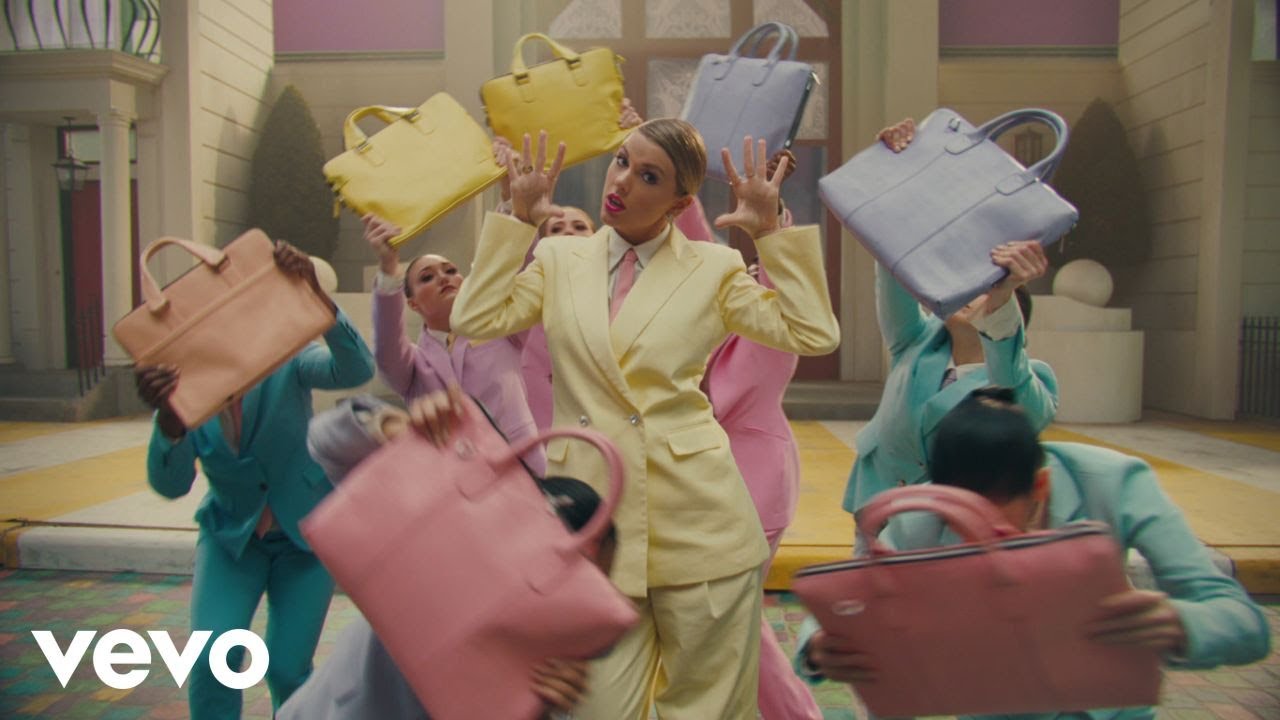
After more than 40 years of operation, DTVE is closing its doors and our website will no longer be updated daily. Thank you for all of your support.
DTVE Interview: Richard Brant, advanced TV director UK and international, Vevo
Richard Brant, Vevo’s advanced TV director UK and international speaks to Digital TV Europe about the company’s position as the world’s largest music video network with billions of views per month, and how its approach to advertising sets it apart from the music video networks of old.
While the anarchic ideals of MTV’s youth generation may have fallen some time before the 42nd season of Catfish, the old vision of music television as a disruptive force in the market still exists in the digital era, albeit with a slightly more grown-up appearance.
In 2022, the undoubted biggest name in music videos is Vevo. The music video network that operates as a joint venture between Universal Music Group and Sony Music Entertainment charts 25 billion views across television, desktop and mobile devices each month.
Richard Brant Vevo’s advanced TV director UK and international, a former exec at Sky, presents the company’s lofty goals in conversation with Digital TV Europe’s TV Watch podcast. “Our strategy moving forward is to ensure that we get the music video back on the TV screen in people’s living rooms.”
Vevo is, as Brant says “quite a complicated beast” due to its mixed business model. As a distributor it will primarily see its videos streamed via YouTube, with videos ranging from Taylor Swift and The Weeknd to David Bowie and The Beatles being viewed billions of times. Brant estimates that half the UK sees a Vevo video every month.
But combined with this comes a fully-fledged linear business, with the company operating a range of linear channels across platforms like Pluto TV and Samsung TV Plus. This CTV aspect is something which is becoming an increasing focus for Vevo, with Brant saying that the company records over 12 million unique viewers through its TV apps each month.
“We’re in a great position,” Brant says. “We just want our videos to be seen and that’s our role. Ultimately, we want to be where we would be the most accessible, easy to consume, and the greatest experience to watch that music video.
“And advertisers want exactly the same thing, and that’s exactly why we are so successful in the amount of people we can reach through our platforms,” he says.

Taylor Swift’s video for single ME! holds the record for he most viewed Vevo video in 24 hours with 65,200,000 views
A significant part of Vevo’s success with its advertising business is partly down to how important brand safety is to the company.
“We’re across all the standards that you’d expect and we uphold all those values that are expected from the industry,” Brant explains. “But one of the crucial elements to us is that we do have a catalog of content that we make sure is brand appropriate in terms of our kind of ratings as well.”
“But the other side of that as well – coming from where we came from with YouTube being one of our distribution points – is that we do have an editorial team, production values and so on like that to make sure that this is quality, made for TV content.”
Another major focus of Vevo’s CTV business (and largely one of the industry at large) is addressable TV. This is a demand that Brant is confident of Vevo’s abilities to handle: “Obviously a lot of European TV providers at the moment do suffer from the kind of scale element and anytime you throw any sort of targeting elements on top of it starts to dwindle very quickly. But because we can still deliver at small levels, we have been working with lots of third party data companies in order to start segmenting.”
“In a world where the lack of data and lack of consistency from connected TVs is the case, we have a solution that doesn’t touch those kind of GDPR concerns, but ultimately does focus in on affluent areas with a high density of dependent children,” he says, adding that Vevo splits the UK up into 3,000 different regions.
What Brant describes is a far cry from music television of the mid-90s, or even linear television of the 2010s, but it is a platform agnostic approach which seems to suit advertisers and consumers alike. There is little to suggest that this will not be a sustainable model to build upon in the coming years.


